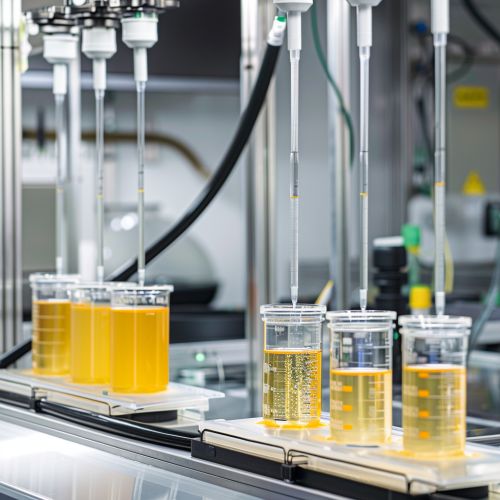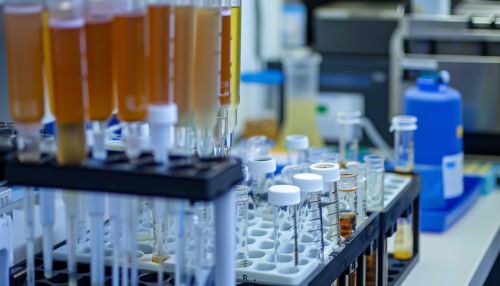Biochemical Oxygen Demand
Introduction
Biochemical Oxygen Demand (BOD) is a critical parameter in water quality assessment, particularly in the context of water pollution. It is a measure of the amount of oxygen that bacteria will consume while decomposing organic matter under aerobic conditions. In essence, BOD is an indirect measure of the biologically degradable material present in organic substances.
Understanding Biochemical Oxygen Demand
Biochemical Oxygen Demand is often used as a gauge of the effectiveness of wastewater treatment plants for breaking down organic solids to inorganic, or mineral forms. It is one of the most common measures of pollutant organic material in water. The BOD value is most commonly expressed in milligrams of oxygen consumed per litre of sample during 5 days of incubation at 20 °C and is often used as a robust surrogate of the degree of organic pollution of water.
BOD Testing


BOD testing involves taking an initial dissolved oxygen (DO) reading and a second reading after five days of incubation at 20 °C. The difference in the DO levels represents the BOD. The BOD test measures the oxygen demand of biodegradable pollutants whereas the COD test measures the oxygen demand of oxidizable pollutants.
BOD5
The BOD5 test measures the amount of oxygen consumed by biochemical oxidation of waste material in the sample over a five-day incubation period. The BOD5 value is most commonly used in the United States, as it is a regulatory measure used in the Clean Water Act.
BOD7
In some countries, a BOD7 value is used. The BOD7 test measures the amount of oxygen consumed in seven days instead of five. The BOD7 measurement is often used in systems that have a relatively high percentage of slowly biodegradable organic matter.
Factors Influencing BOD
Several factors can influence BOD levels. These include temperature, pH, the presence of certain kinds of microorganisms, the type of organic and inorganic material in the water, and the presence of certain chemicals.
Temperature
The rate of biochemical reactions generally increases with temperature, so a higher temperature will lead to a higher BOD. However, if the temperature is too high, it can kill the microorganisms that break down the organic material, leading to a lower BOD.
pH
Most microorganisms operate best in a pH range of 6.5 to 7.5. Outside of this range, the activity of the microorganisms decreases, leading to a lower BOD.
Microorganisms
The type and number of microorganisms present in the water can also affect BOD. Some microorganisms are better at breaking down organic material than others.
Organic and Inorganic Material
The type of organic material present in the water can also affect BOD. Some organic material is more easily broken down by microorganisms than others. Inorganic material does not contribute to BOD.
Chemicals
Certain chemicals, such as heavy metals and pesticides, can kill microorganisms, leading to a lower BOD.
Implications of High BOD
High BOD indicates a large amount of organic material that bacteria can decompose. When this decomposition occurs, the bacteria consume oxygen. If the BOD is too high, the bacteria may consume all the available oxygen in the water. This can lead to anoxic conditions, in which there is not enough oxygen for other aquatic life to survive. This can lead to a decrease in species diversity and abundance.
BOD in Wastewater Treatment
In wastewater treatment, BOD is used as a measure of the effectiveness of the treatment process. A low BOD in the effluent is an indication that the treatment process is effectively removing organic material. If the BOD in the effluent is high, it may be an indication that the treatment process is not effectively removing organic material, and changes may need to be made to the treatment process.
